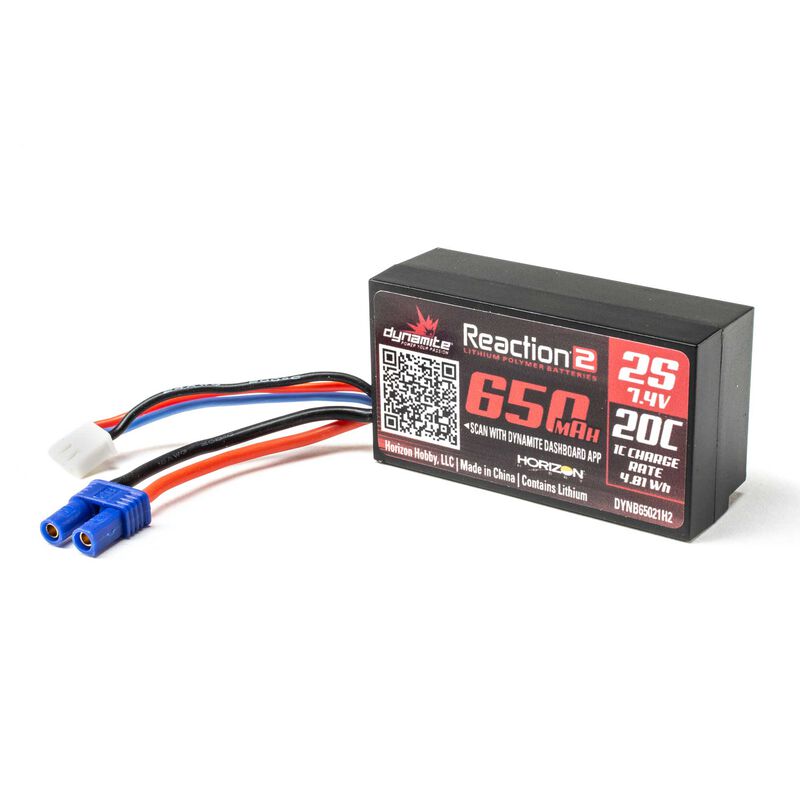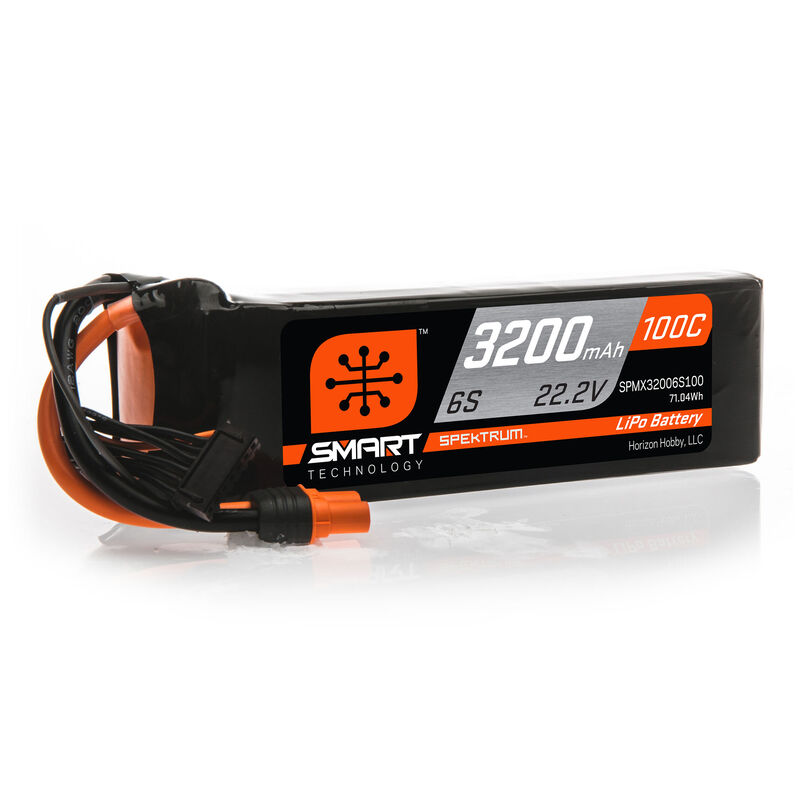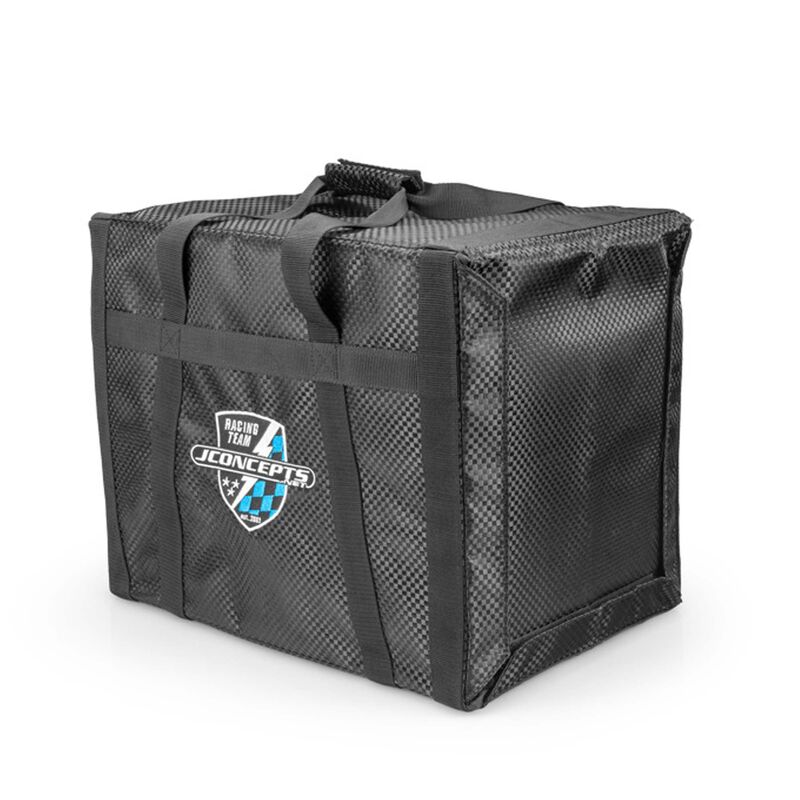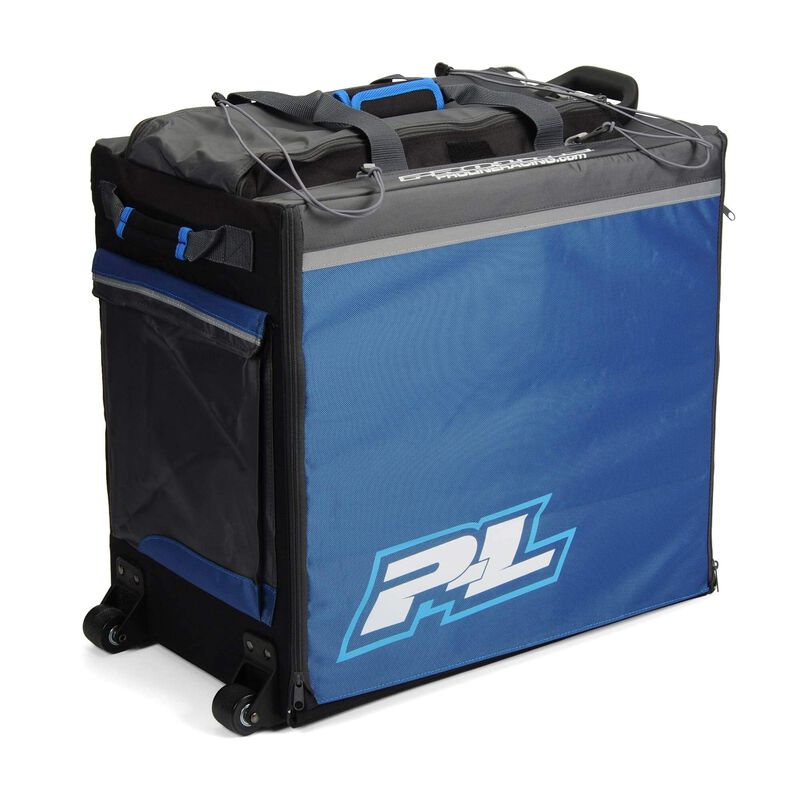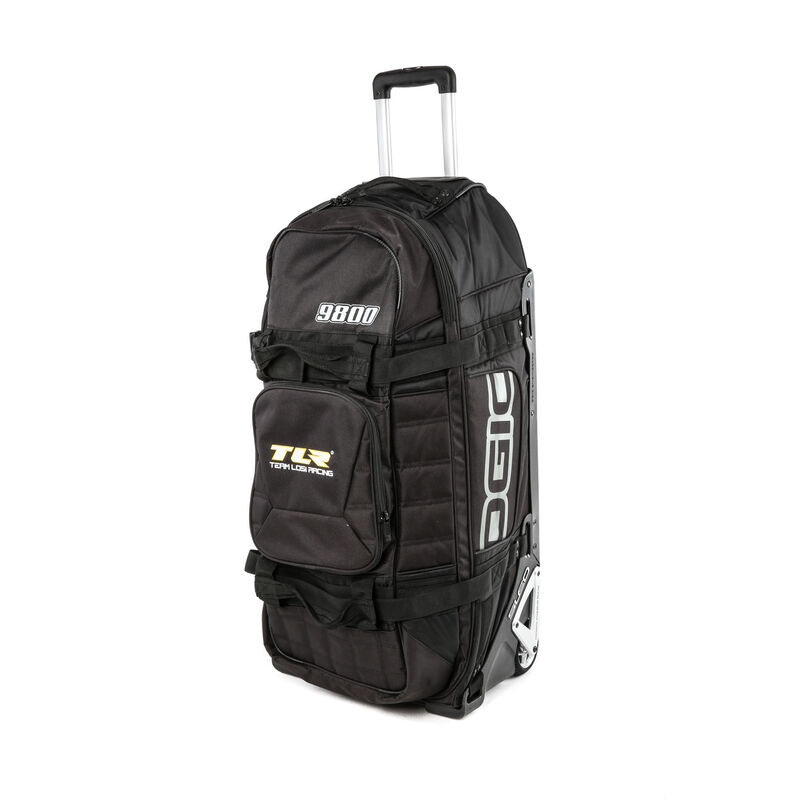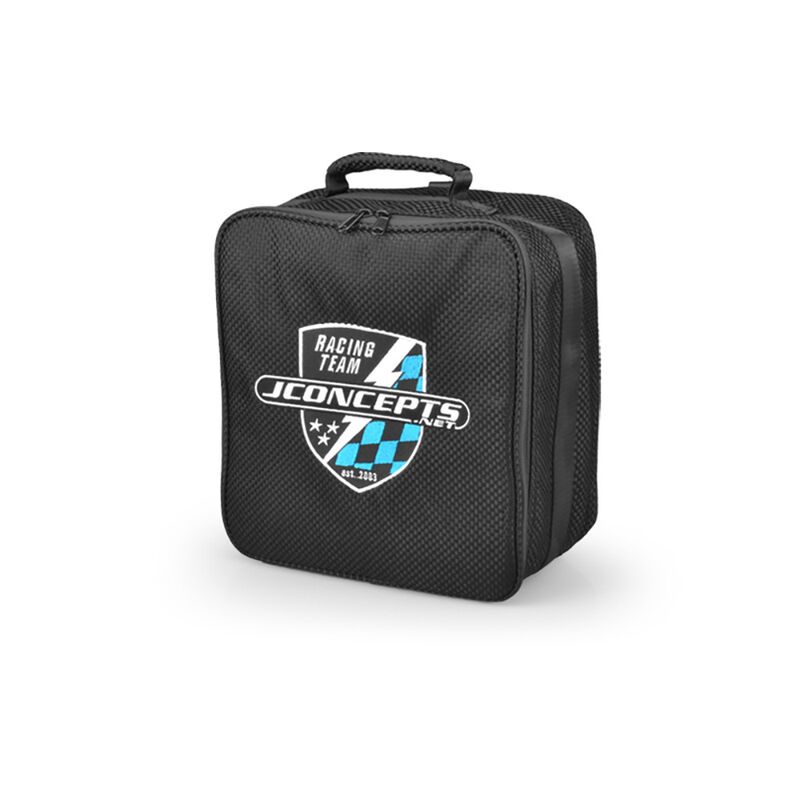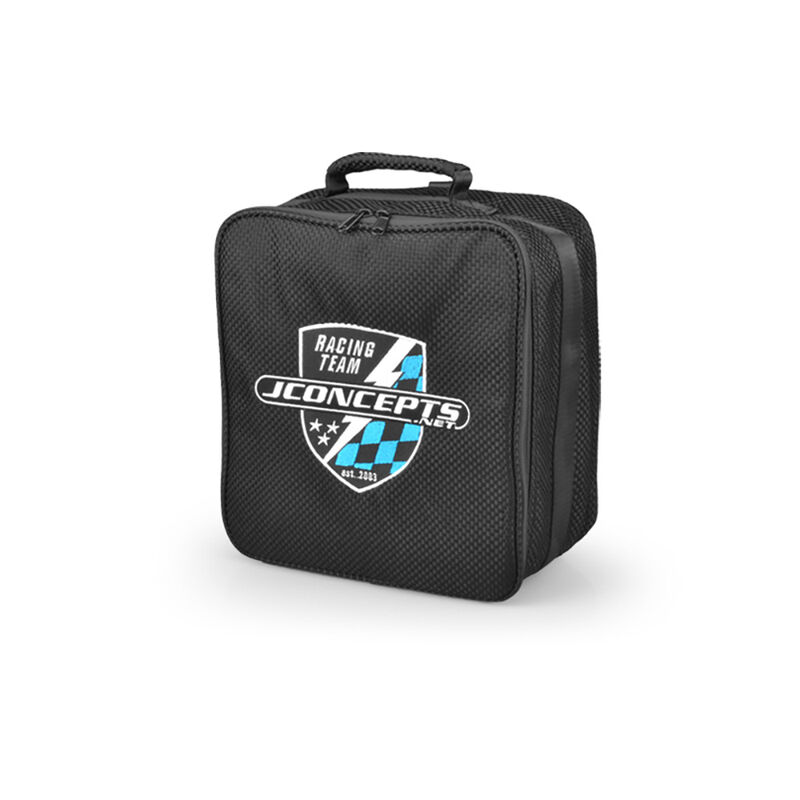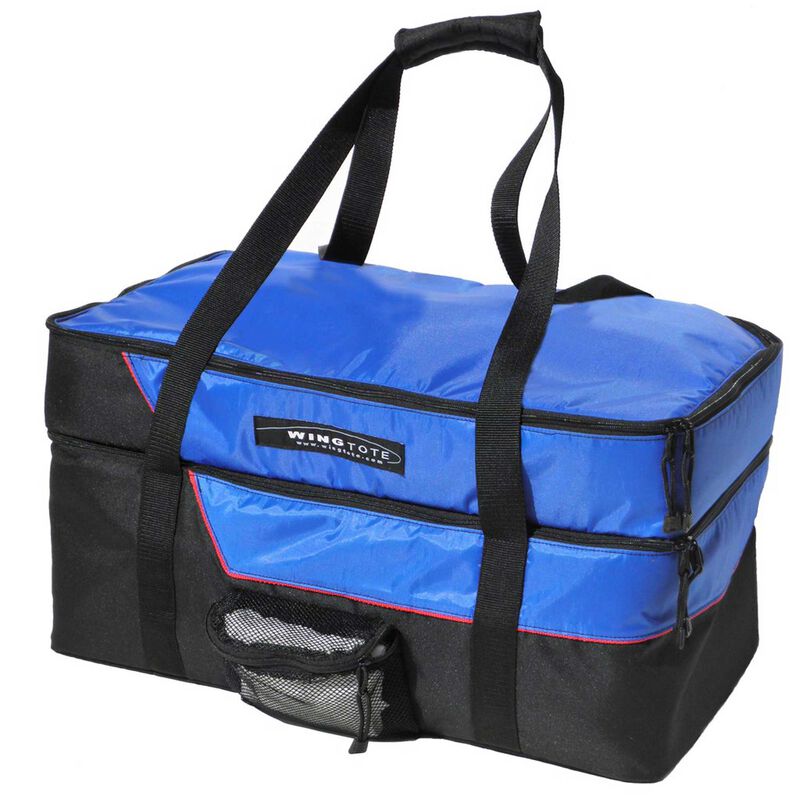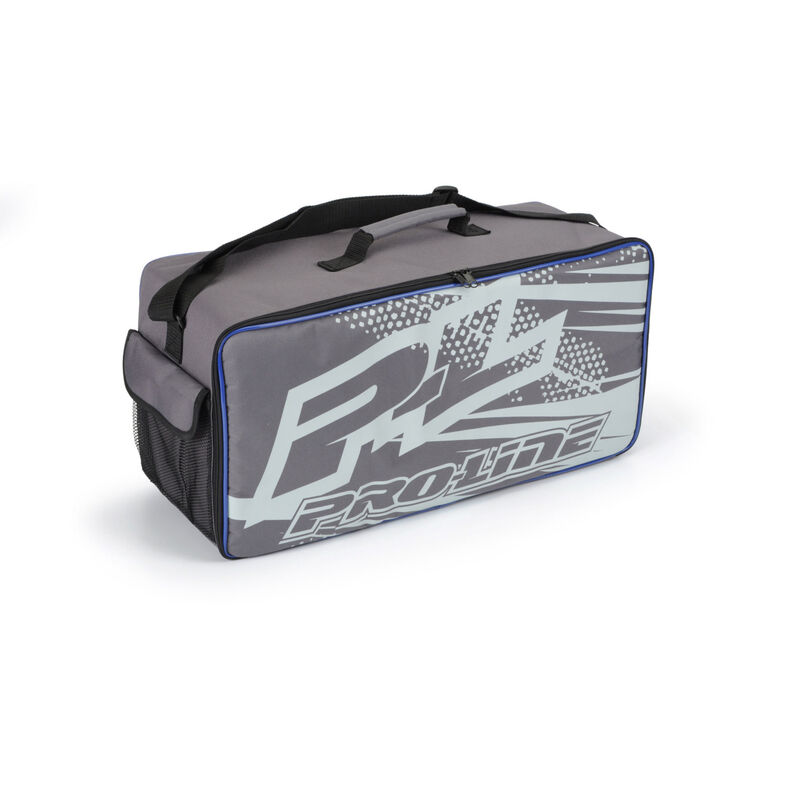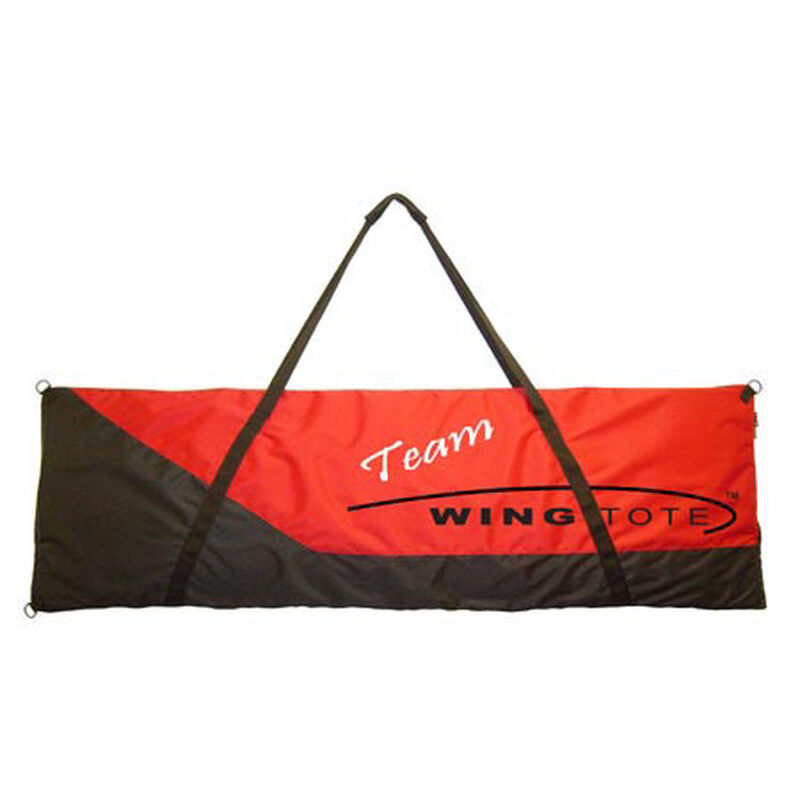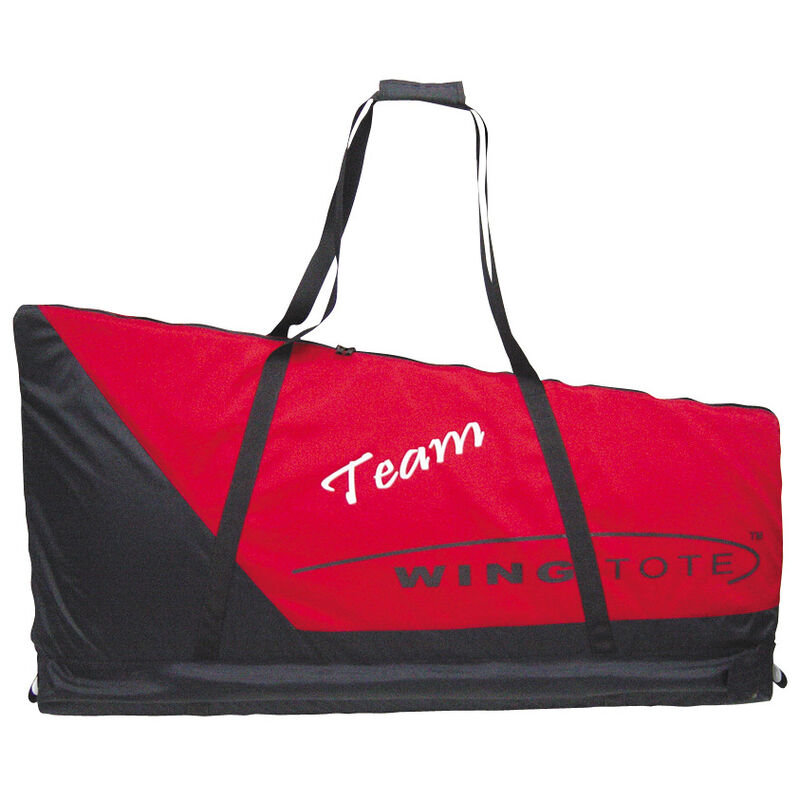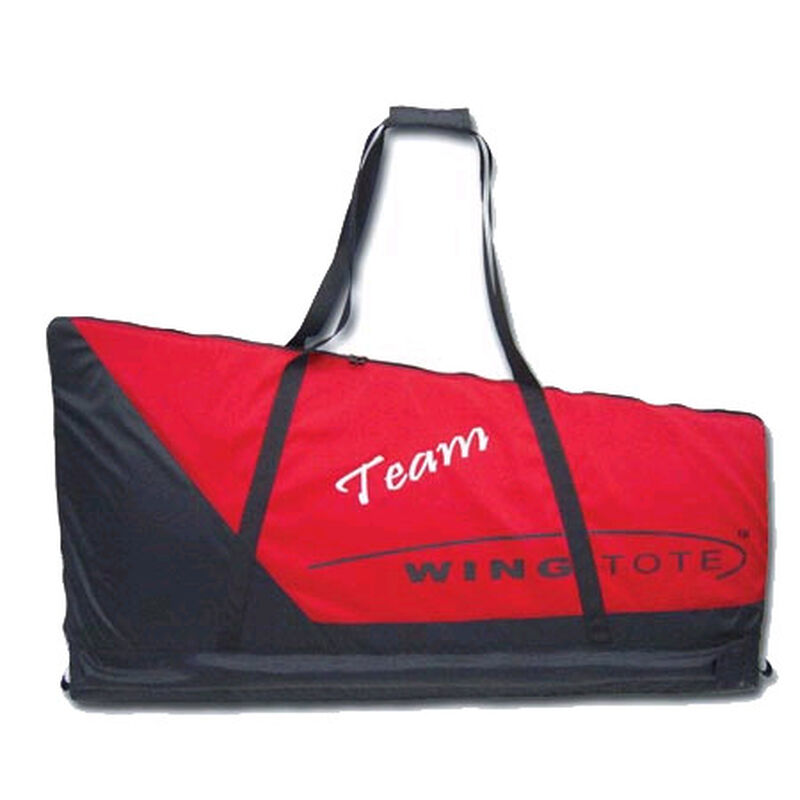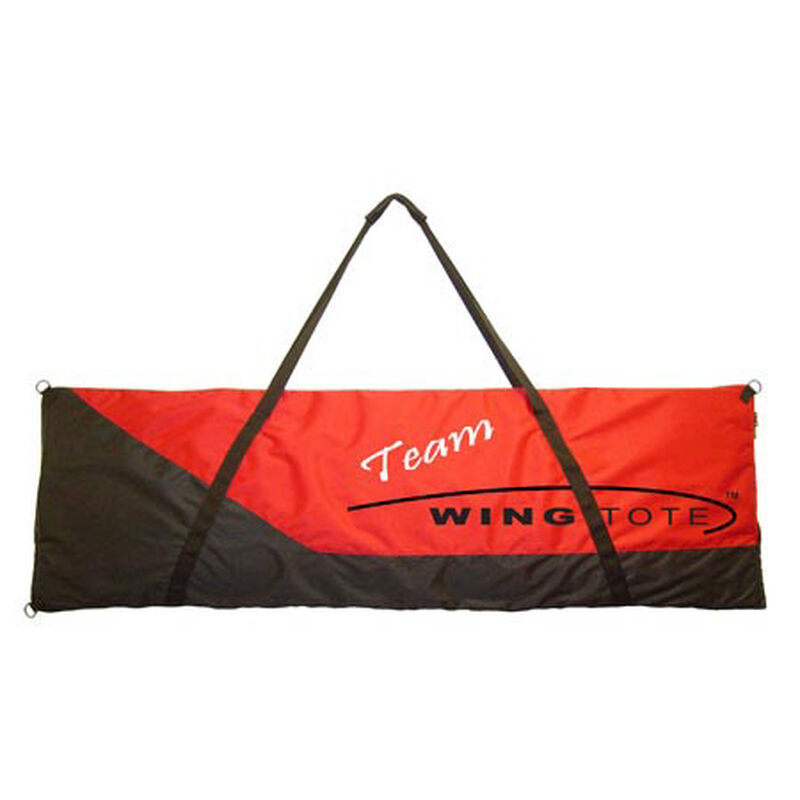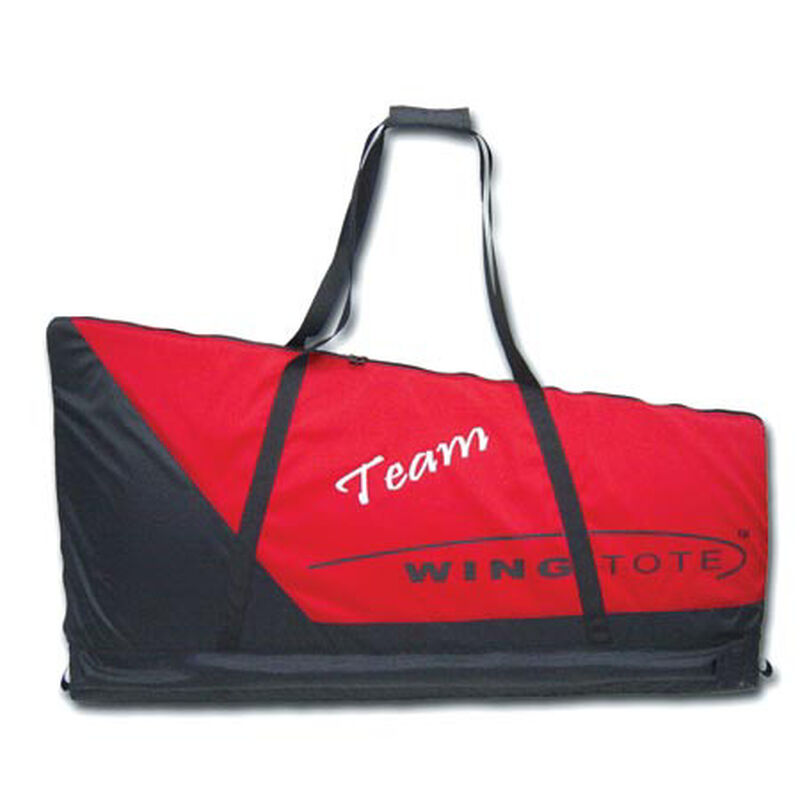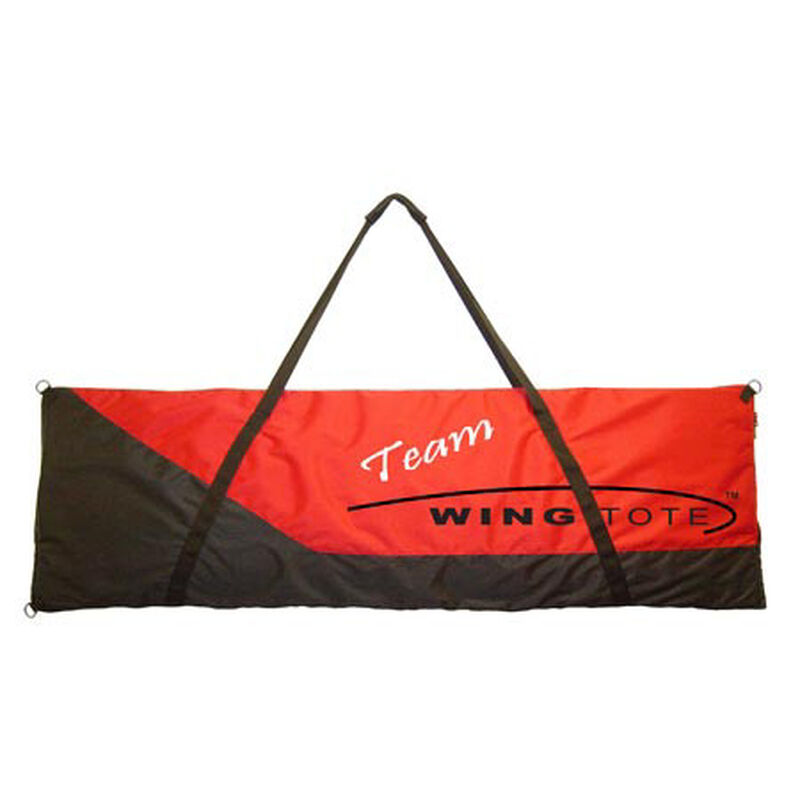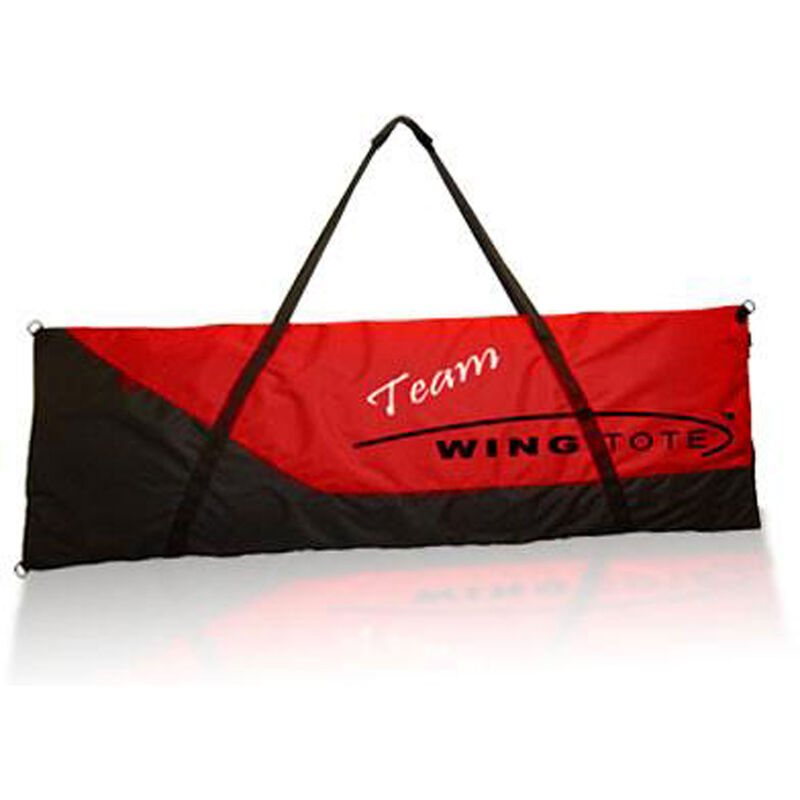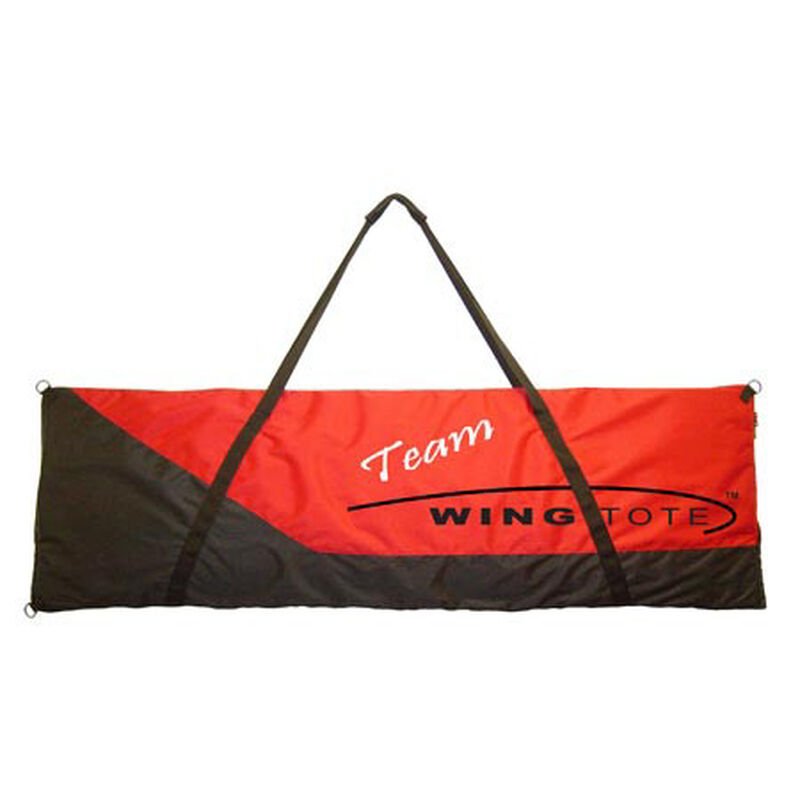Posted: 11/21/20
How-to: Air Travel with LiPo Batteries
Headed to a big race? Traveling to visit family? Let’s answer the question that brought you to this page first: Can I travel with my LiPo (Lithium Polymer) battery on a commercial airline? The answer is yes… but there are several key regulations in place to keep passengers aboard commercial aircraft safe.
If you plan on bringing ANY form of LiPo battery on a commercial airline, there are several important restrictions you need to be aware of ahead of time. These guidelines are derived from both the FAA (Federal Aviation Administration) and TSA (Transportation Security Administration) as of August 24th, 2020. Always read and understand all regulations that will be enforced by the TSA, the FAA, and your airline prior to arriving at the airport.
First off, it really doesn’t matter what type of model you are traveling with (airplane, drone, helicopter, car/truck, rock crawler, boat, etc.). A battery is a battery, regardless of what it is designed to power. The important thing to consider is how your model’s battery is traveling (note that lithium-powered transmitters and/or receiver batteries will be subject to these regulations). Although hobby-grade radio control models don’t directly fall under a specific TSA classification, you should familiarize yourself with all regulations that are applicable to the following “Hazardous Material” groups found on the FAA PackSafe webpage (link below):
- Batteries, lithium
- Portable electronic devices, containing batteries
- Portable recreational vehicles powered by lithium-ion batteries
Upon reviewing these three categories, you can derive the following:
- LiPo batteries rated at or below 100-watt hours or less can travel on a commercial airline.
- LiPo batteries rated between 101 and 160-watt hours require airline approval before allowed on the plane (make this arrangement ahead of time).
- Any LiPo battery that is NOT installed securely in the RC model MUST be carried in your carry-on luggage.
- LiPo batteries that exceed 160-watt hours are prohibited.
- The airline may require proof of your battery's watt-hour rating if it is not clearly marked on the label.
Determine your batteries Watt Hours (WH):
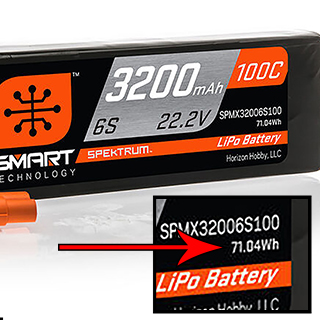 Most newer batteries have the watt-hours rating (Wh) printed directly on their label (see an example to the right). If your battery does NOT have a watt-hour rating visible, you can calculate your batteries Wh rating by multiplying the battery voltage by the amp hours (Watt-hours = Volts x Amp-hours). Since RC batteries are almost always rated in milliamp-hours (mAh), divide by 1000 to get Amp-hours (Ah). For example, a 6S 3200mAh battery is rated at 71.04Wh (22.2V x 3.2mAh = 71.04Wh). Remember, your battery is rated (and should be stored) at a nominal voltage of 3.7V per cell.
Most newer batteries have the watt-hours rating (Wh) printed directly on their label (see an example to the right). If your battery does NOT have a watt-hour rating visible, you can calculate your batteries Wh rating by multiplying the battery voltage by the amp hours (Watt-hours = Volts x Amp-hours). Since RC batteries are almost always rated in milliamp-hours (mAh), divide by 1000 to get Amp-hours (Ah). For example, a 6S 3200mAh battery is rated at 71.04Wh (22.2V x 3.2mAh = 71.04Wh). Remember, your battery is rated (and should be stored) at a nominal voltage of 3.7V per cell.
General Restrictions (taken directly from the FAA website as of 8/24/2020):
Size limits: Lithium metal (non-rechargeable) batteries are limited to 2 grams of lithium per battery. Lithium-ion (rechargeable) batteries are limited to a rating of 100-watt hours (Wh) per battery. These limits allow for nearly all types of lithium batteries used by the average person in their electronic devices. With airline approval, passengers may also carry up to two spare larger lithium-ion batteries (101-160 Wh) or Lithium metal batteries (2-8 grams). This size covers the larger after-market extended-life laptop computer batteries and some larger batteries used in professional audio/visual equipment.
Quantity limits: None for most batteries – but batteries must be for use by the passenger. Batteries carried for further sale or distribution (vendor samples, etc.) are prohibited. There is a limit of two spare batteries per person for the larger lithium-ion batteries described above (101-160 watt-hours per battery).
In summary:
If you are bringing your RC model on a commercial airline, you can have that model's LiPo battery installed securely within the model (as long as it meets the watt-hour requirement) and that model can travel inside your checked luggage. Any additional LiPo batteries MUST board the plane via your carry-on luggage. In addition to this, measures must be taken to prevent a short-circuit while in flight. Essentially this means the battery terminals/connectors must be unable to contact another metal.
Bear in mind that this information is being presented as of August 2020. It is always a good practice to check with your specific airline for any additional regulations/restrictions they may have in place prior to your flight. For the most recent information regarding bringing LiPo batteries on commercial airlines, please visit the following links.
- FAA Regulations: https://www.faa.gov/hazmat/packsafe/more_info/?hazmat=7
- FAA PackSafe Webpage: https://www.faa.gov/hazmat/packsafe/
- TSA “What Can I Bring”: https://www.tsa.gov/travel/security-screening/whatcanibring/all

 Shop Local
Shop Local Live Chat
Live Chat